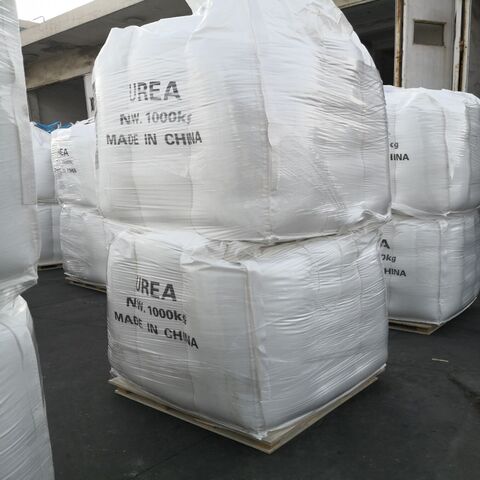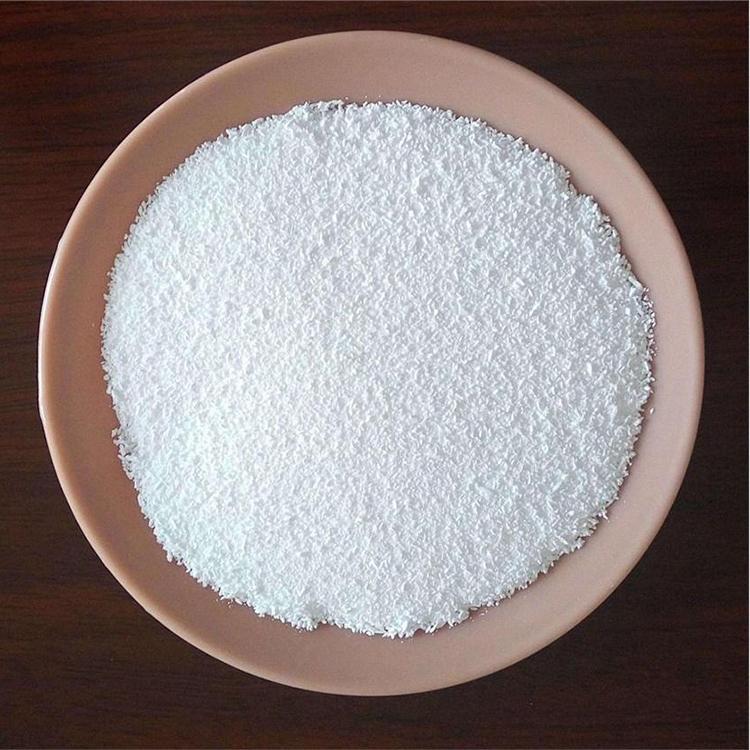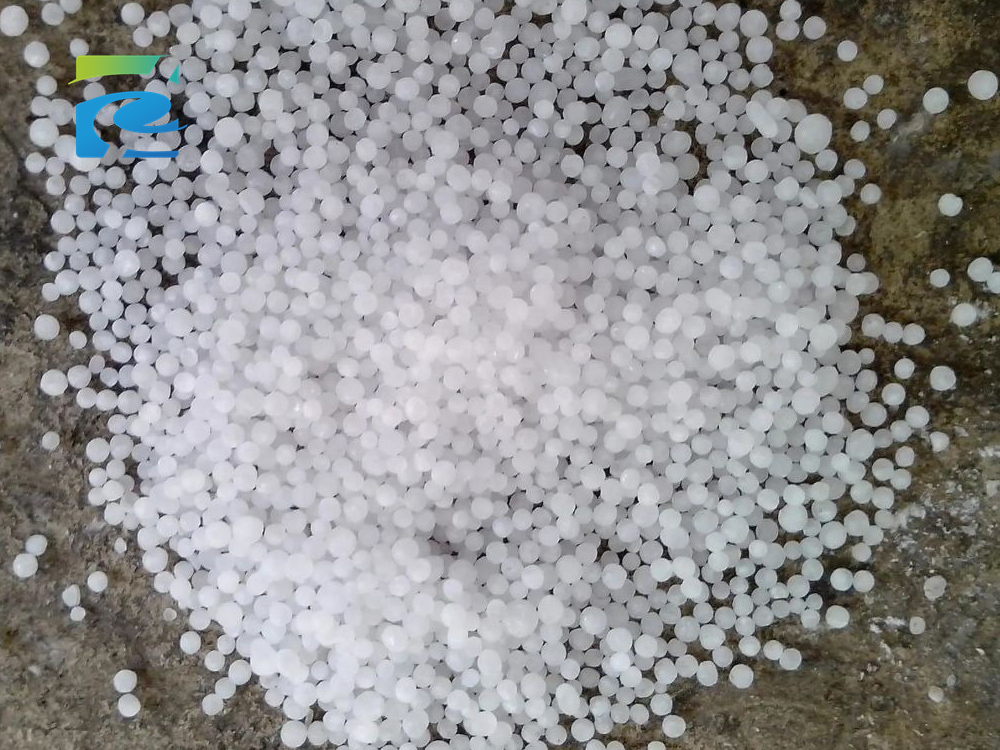Ethanol at room temperature and pressure is a volatile colourless transparent liquid, low toxicity, can be mutually soluble with water in any ratio, the solution has a wine flavor, slightly irritating, but also miscible with most organic solvents. Ethanol vapour mixed with air can form explosive mixtures. Ethanol is a basic organic chemical raw materials, also used as organic solvents, beverages, wine and food industry.
Ethanol can be used in the manufacture of acetic acid, beverages, flavours, dyes, fuels, etc., medical commonly used volume fraction of 70% to 75% of ethanol as a disinfectant. Ethanol has a wide range of uses in the chemical industry, health care, food industry, agricultural production and other fields.
Main types
1, according to the production of raw materials used can be divided into starchy raw materials fermentation alcohol, molasses raw materials fermentation alcohol, sulfite pulp waste fermentation production of alcohol.
(1) starchy raw materials fermentation alcohol: generally have potato, cereals and wild plants and other starchy raw materials, under the action of microorganisms will be hydrolysed to glucose starch, and then further by the yeast fermentation to produce alcohol;
(2) Molasses raw material fermentation alcohol: directly using the sugar in the molasses, after dilution and sterilisation and adding part of the nutrient salts, through the role of yeast fermentation to produce alcohol;
(3) sulfite pulp waste fermentation to produce alcohol: the use of paper waste contained in the six-carbon sugar, fermented into alcohol under the action of yeast, the main products for industrial alcohol, but also wood chips dilute acid hydrolysis of alcohol production.
2, according to the method of production, can be divided into two categories: fermentation alcohol and synthetic alcohol.
3、According to the quality or nature of the product, it is divided into high purity alcohol, anhydrous alcohol, ordinary alcohol and denatured alcohol.
4、According to the product series (BG384-81), it is divided into superior, first grade, second grade, third grade and fourth grade. Among them, Grade I and Grade II are equivalent to high-purity alcohol and ordinary distilled alcohol. Grade III is equivalent to pharmaceutical alcohol and Grade IV is equivalent to industrial alcohol. The new secondary standard is formulated to meet the needs of different users and production, to reduce the waste in production and use, and to promote the improvement of product quality.
News
 Urea is deteriorating, but ammonium sulfate exports are breaking new recordsIn recent days, the price of urea market has continued to decline, and it is difficult to improve. Only driven by futures, it occasionally rises and then falls again. Domestic urea production capacity is in excess, the market supply exceeds demand, urea enterprises are under obvious pressure, and the new orders are not good
Urea is deteriorating, but ammonium sulfate exports are breaking new recordsIn recent days, the price of urea market has continued to decline, and it is difficult to improve. Only driven by futures, it occasionally rises and then falls again. Domestic urea production capacity is in excess, the market supply exceeds demand, urea enterprises are under obvious pressure, and the new orders are not good What are the demand factors for urea among chemical products? How does this demand affect the market price?As an important chemical product, the demand for urea is affected by a variety of factors, and changes in these demand factors will cause significant fluctuations in market prices.
What are the demand factors for urea among chemical products? How does this demand affect the market price?As an important chemical product, the demand for urea is affected by a variety of factors, and changes in these demand factors will cause significant fluctuations in market prices. Latest chemical commodity cost analysis: urea and methanol are losing moneyCost data for 12 chemical commodities in the futures market have been updated. According to the latest information provided by market information, the trading prices of key chemical products such as urea, methanol, liquefied petroleum gas (LPG),
Latest chemical commodity cost analysis: urea and methanol are losing moneyCost data for 12 chemical commodities in the futures market have been updated. According to the latest information provided by market information, the trading prices of key chemical products such as urea, methanol, liquefied petroleum gas (LPG), Urea breaks out with big gains due to export newsCore view: Methanol futures prices have obvious seasonality. In the first half of the year, they tend to rise and then fall. In the second half of the year, the golden September and silver October will drive prices up. As November approaches, speculation on Iran's gas restrictions will be rampant. Methanol may have some big market trends at 2509 or 2601.
Urea breaks out with big gains due to export newsCore view: Methanol futures prices have obvious seasonality. In the first half of the year, they tend to rise and then fall. In the second half of the year, the golden September and silver October will drive prices up. As November approaches, speculation on Iran's gas restrictions will be rampant. Methanol may have some big market trends at 2509 or 2601. Urea, do you really understand?Urea has many uses, besides being known as chemical fertilizer, there are also some daily uses, such as ointment sold in pharmacies, putty powder for painting walls during decoration, etc., but the main use is to be used as fertilizer in the field. As a fertilizer
Urea, do you really understand?Urea has many uses, besides being known as chemical fertilizer, there are also some daily uses, such as ointment sold in pharmacies, putty powder for painting walls during decoration, etc., but the main use is to be used as fertilizer in the field. As a fertilizer Urea: a multifunctional basic chemical raw materialUrea, also known as urea or carboxamide, is an organic compound with white crystals. It is composed of carbon, nitrogen, oxygen and hydrogen, and is known as one of the simplest organic molecules. As a neutral fertilizer, urea is suitable for all kinds of soils and plants, and it is easy to store and use
Urea: a multifunctional basic chemical raw materialUrea, also known as urea or carboxamide, is an organic compound with white crystals. It is composed of carbon, nitrogen, oxygen and hydrogen, and is known as one of the simplest organic molecules. As a neutral fertilizer, urea is suitable for all kinds of soils and plants, and it is easy to store and use





